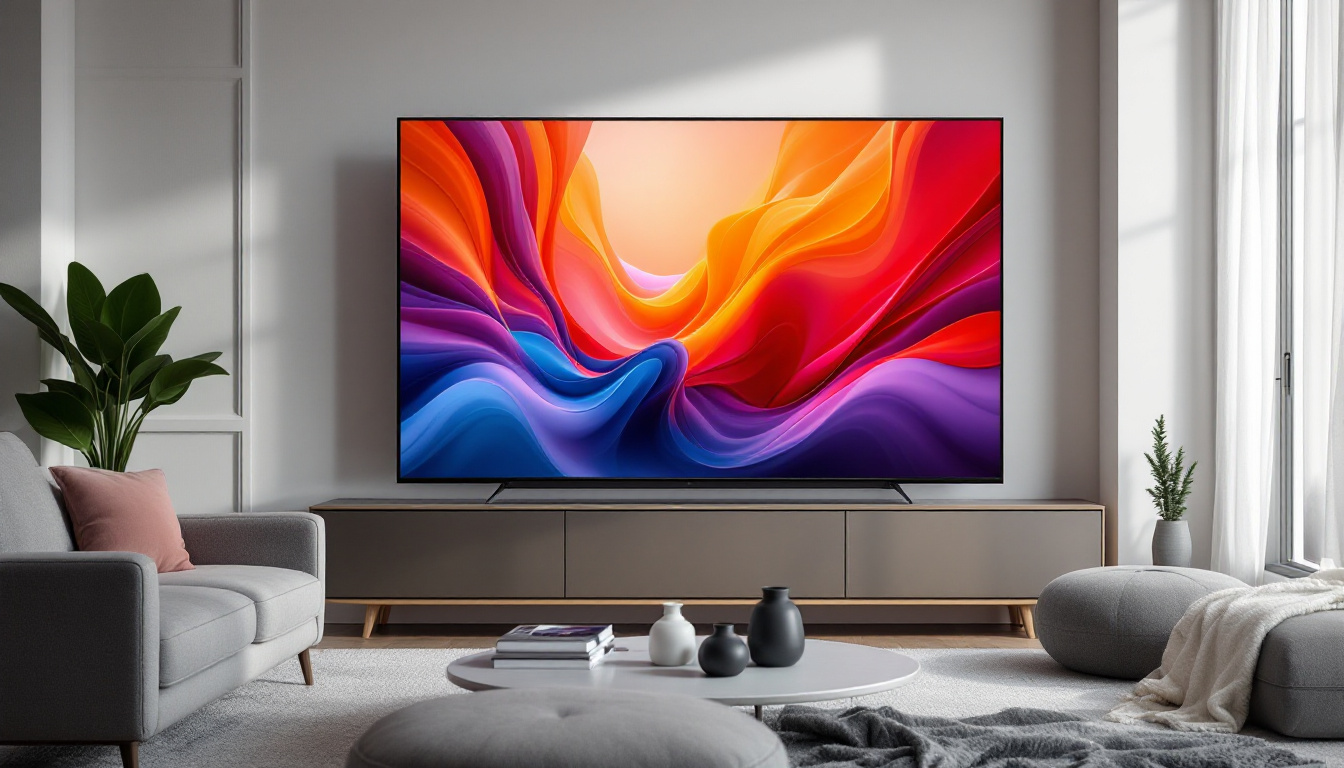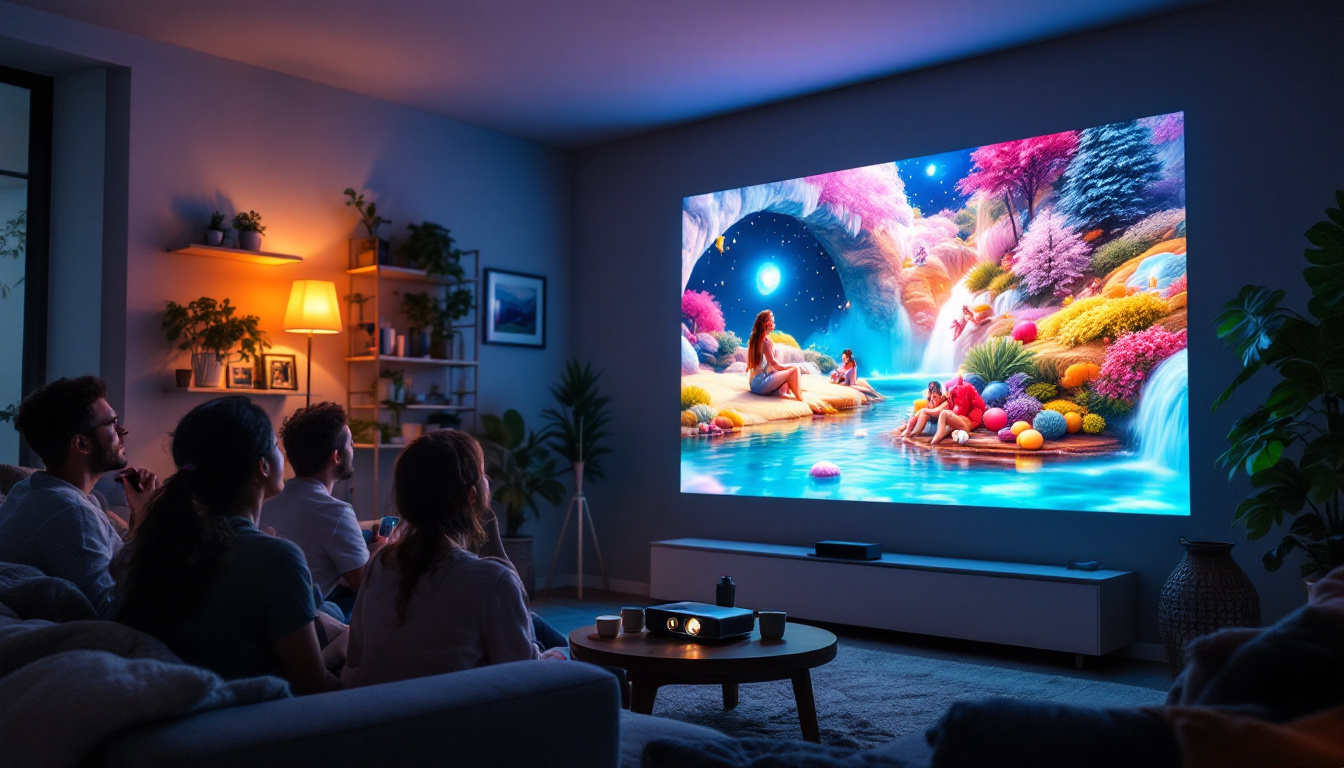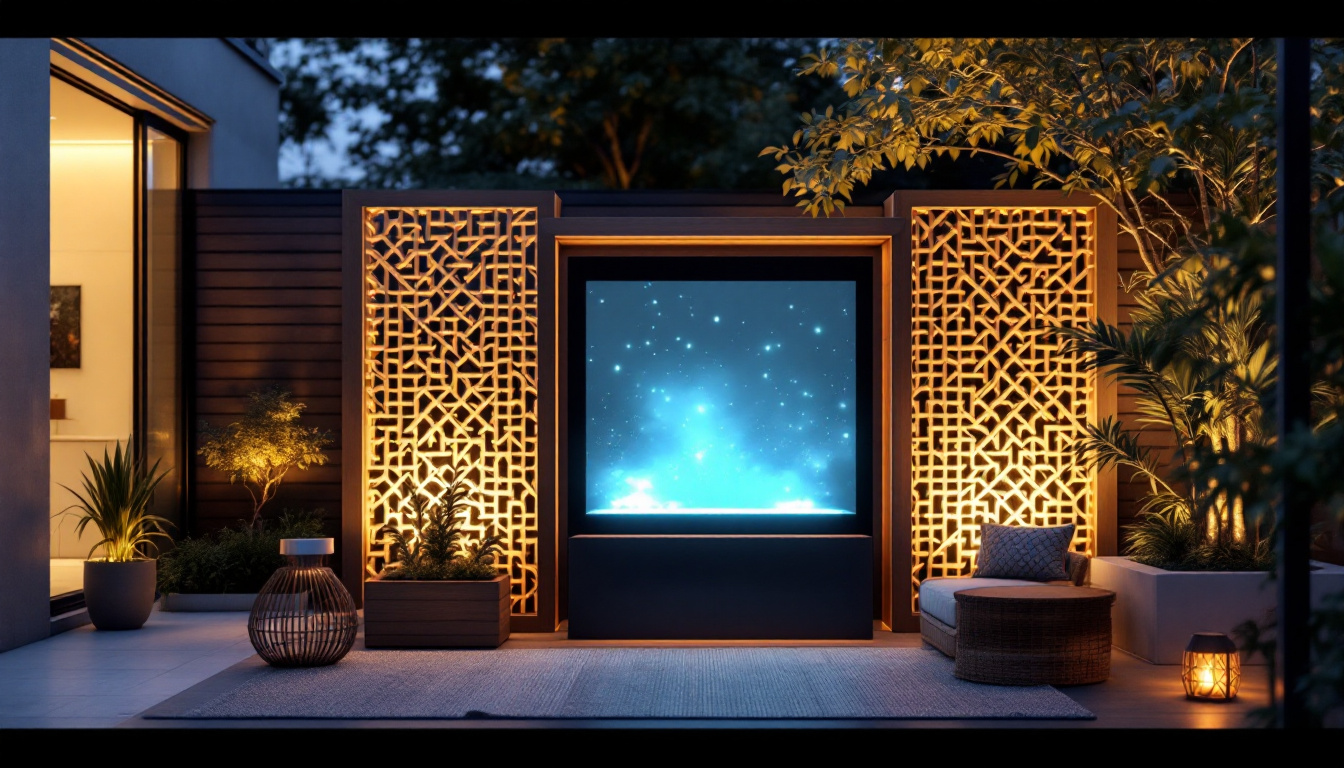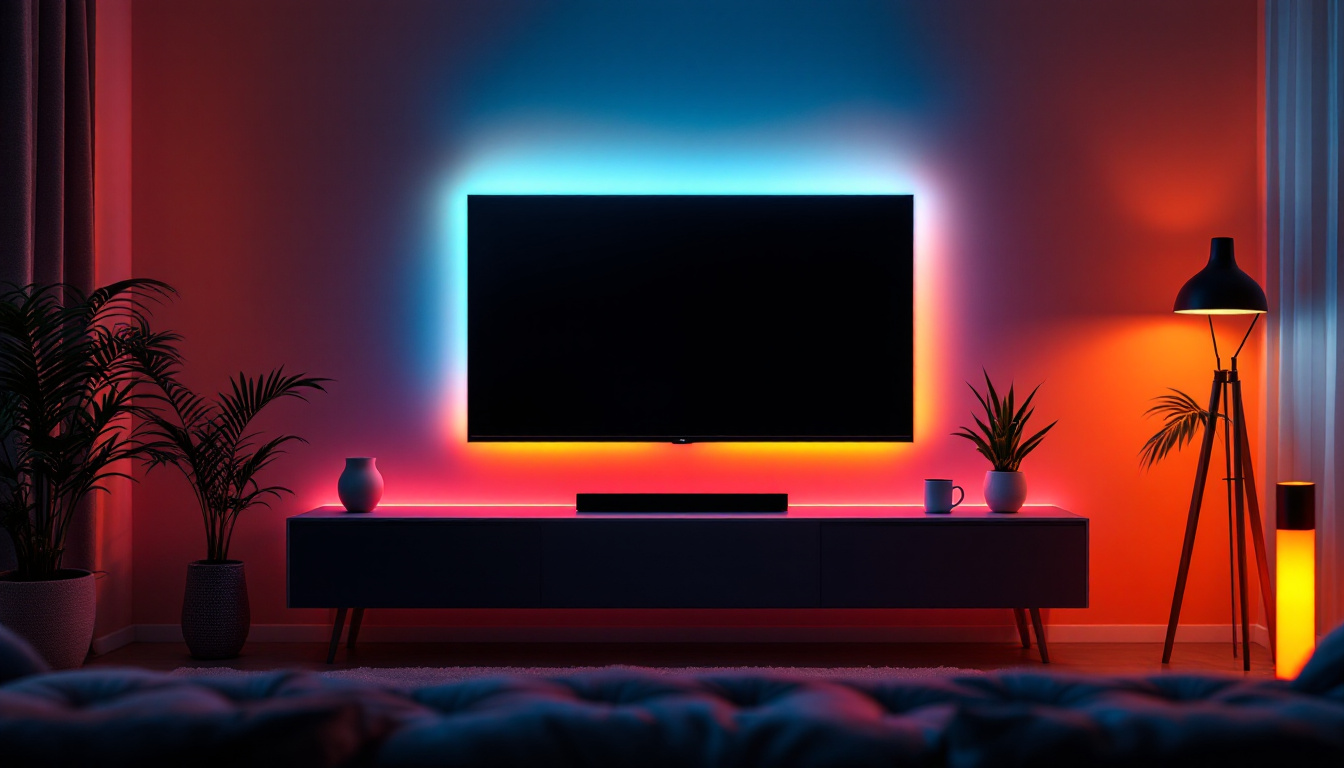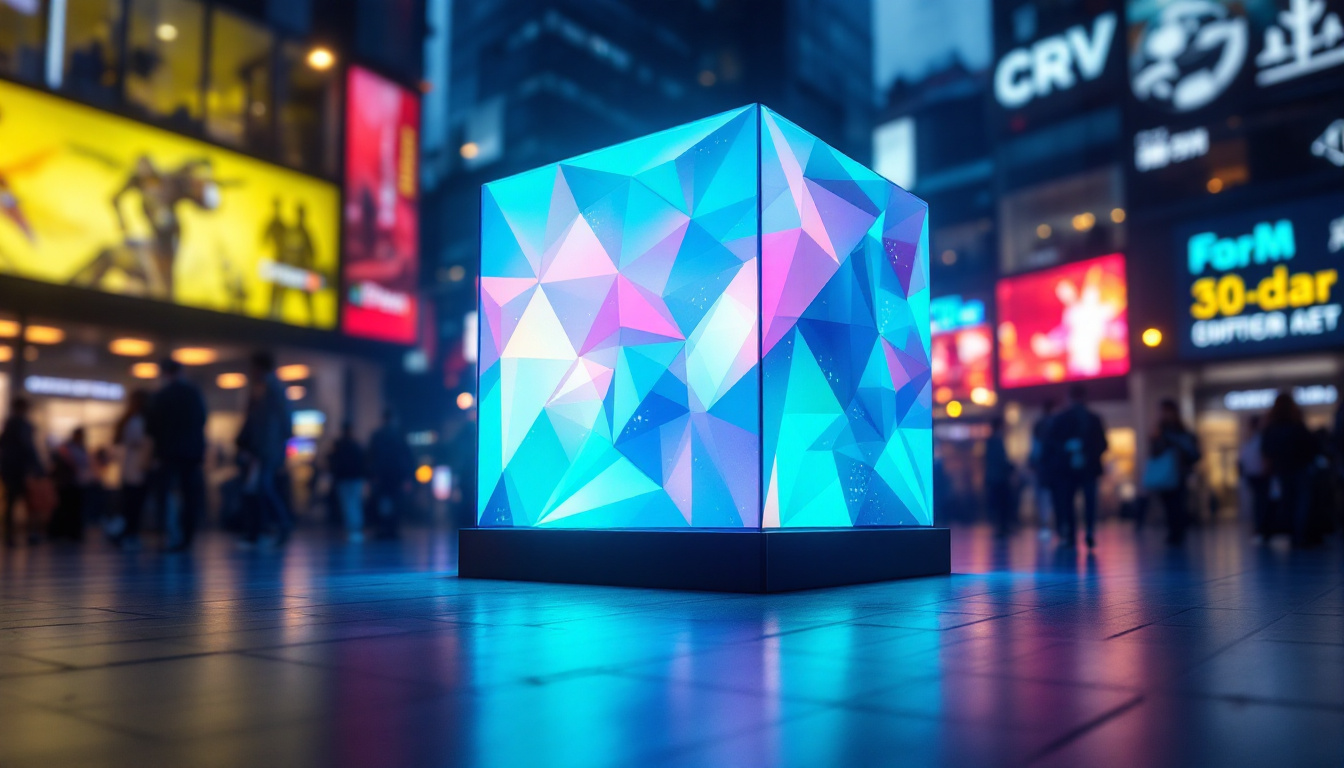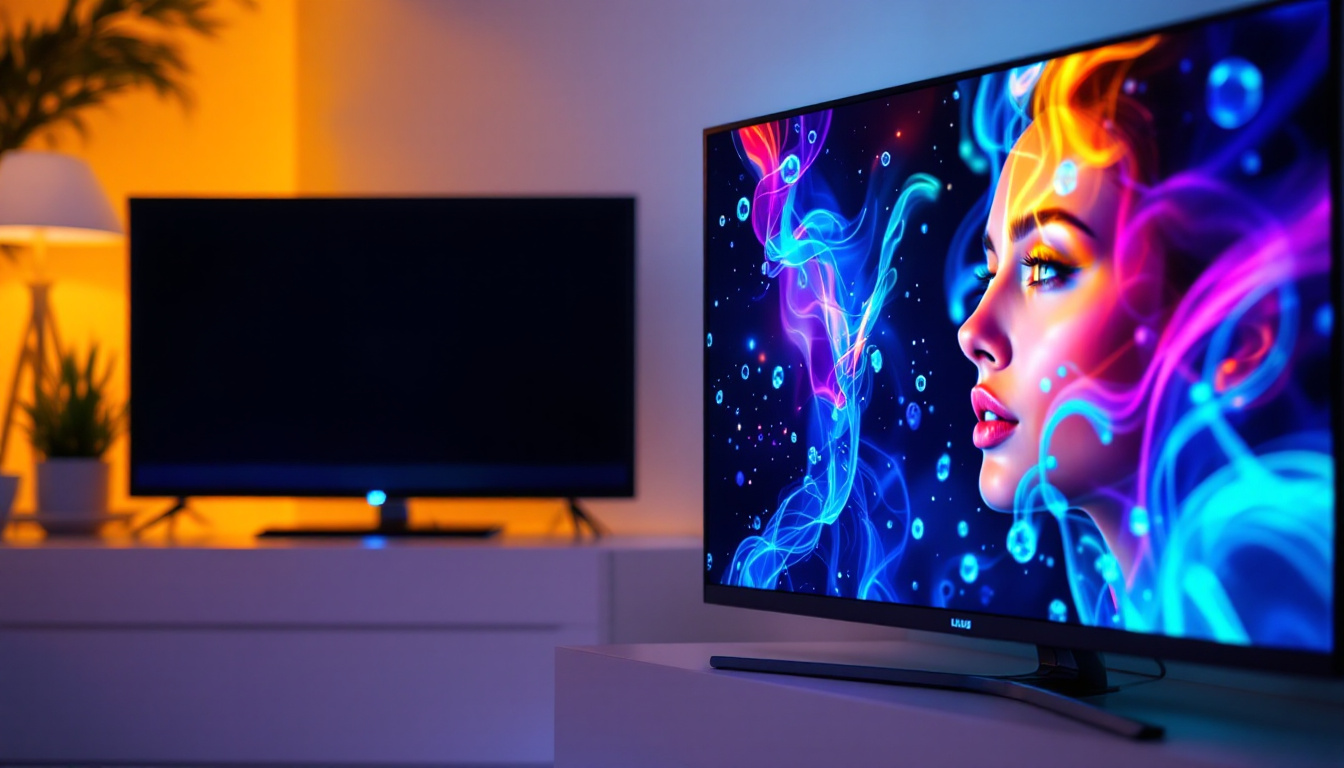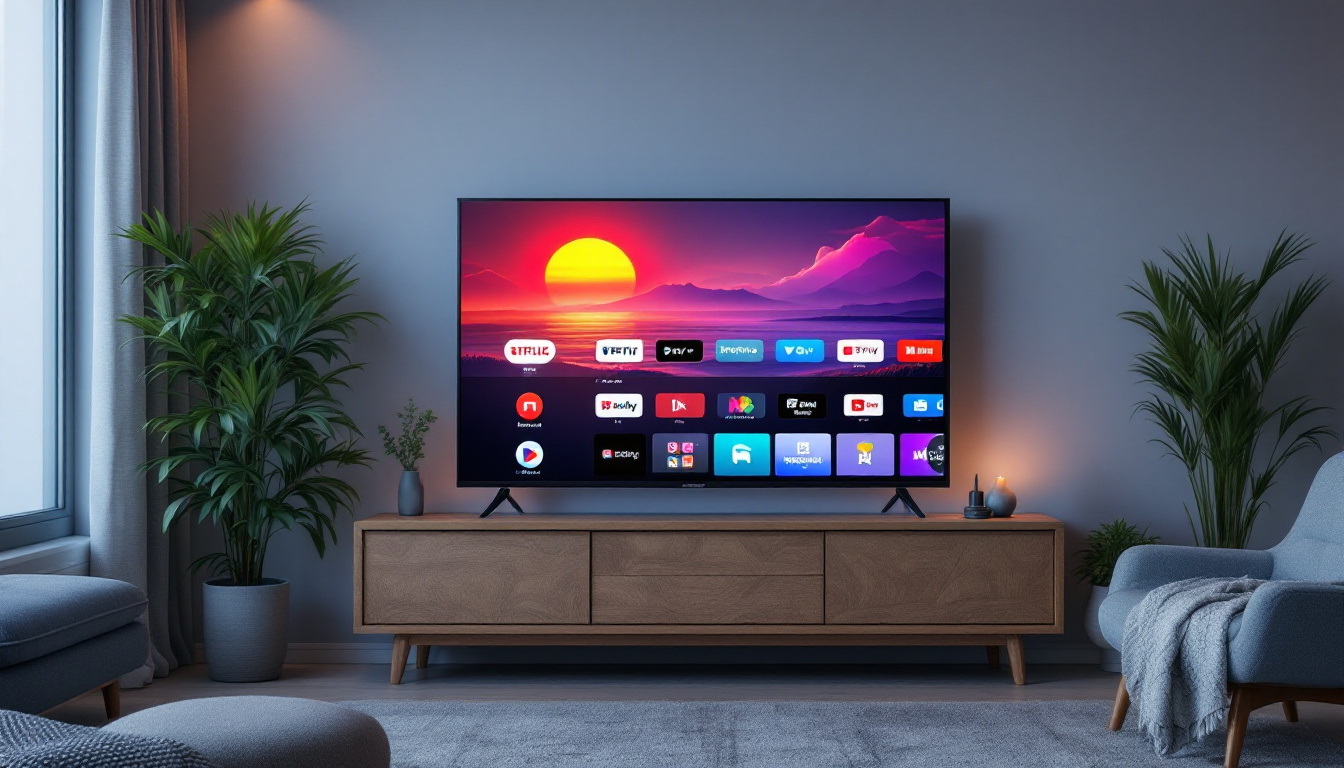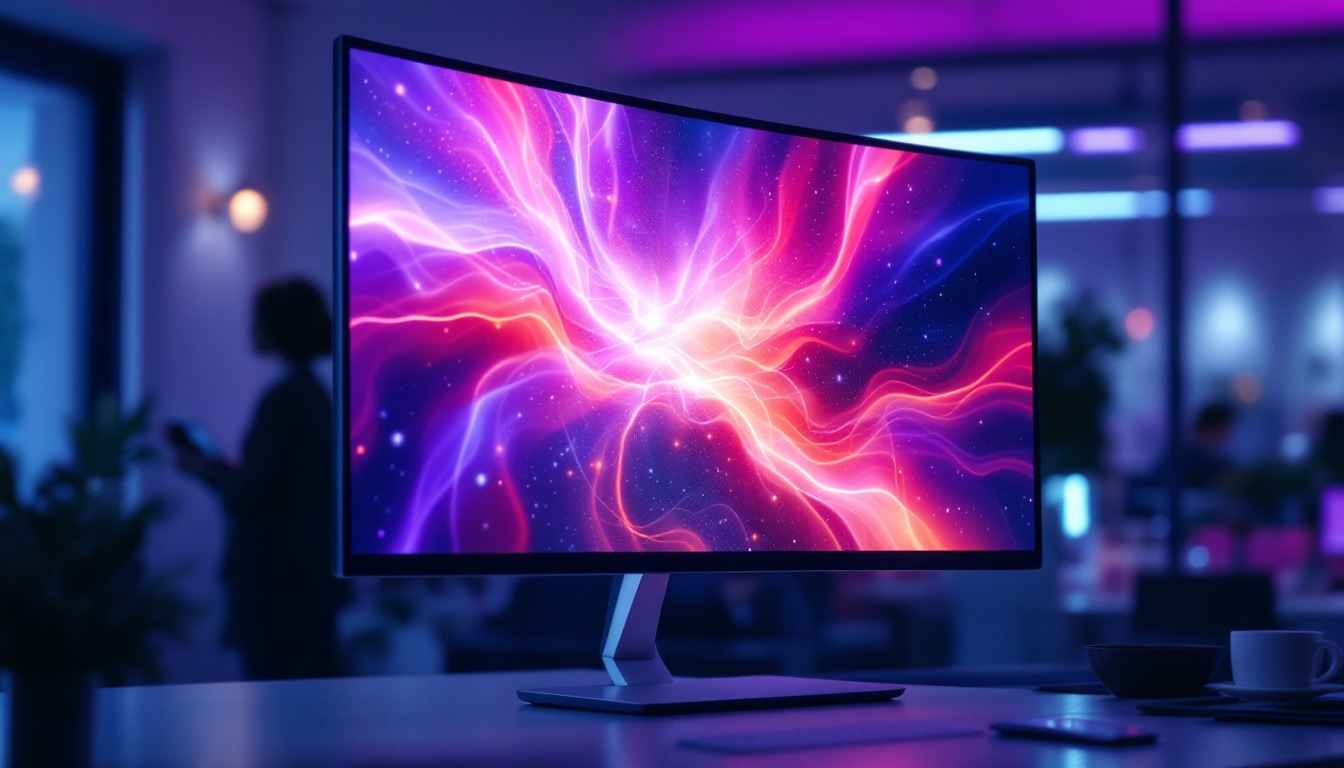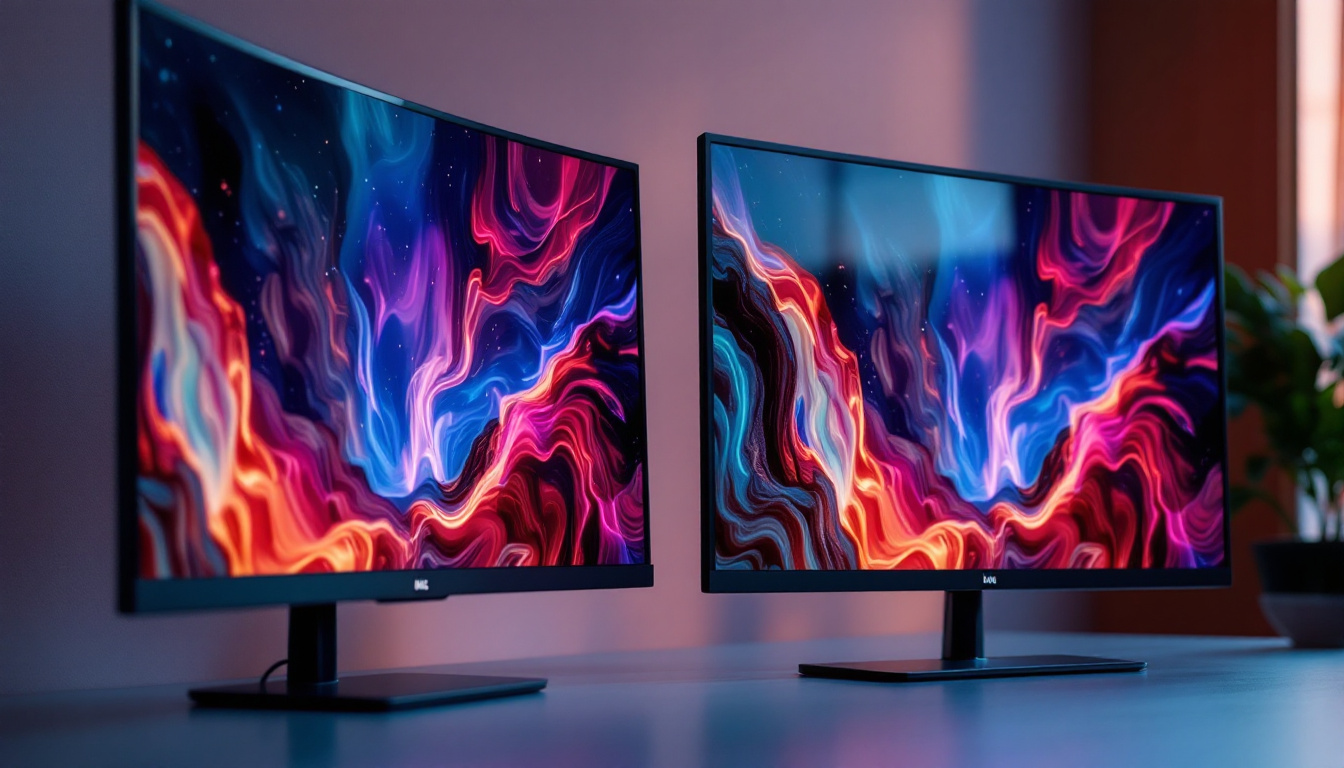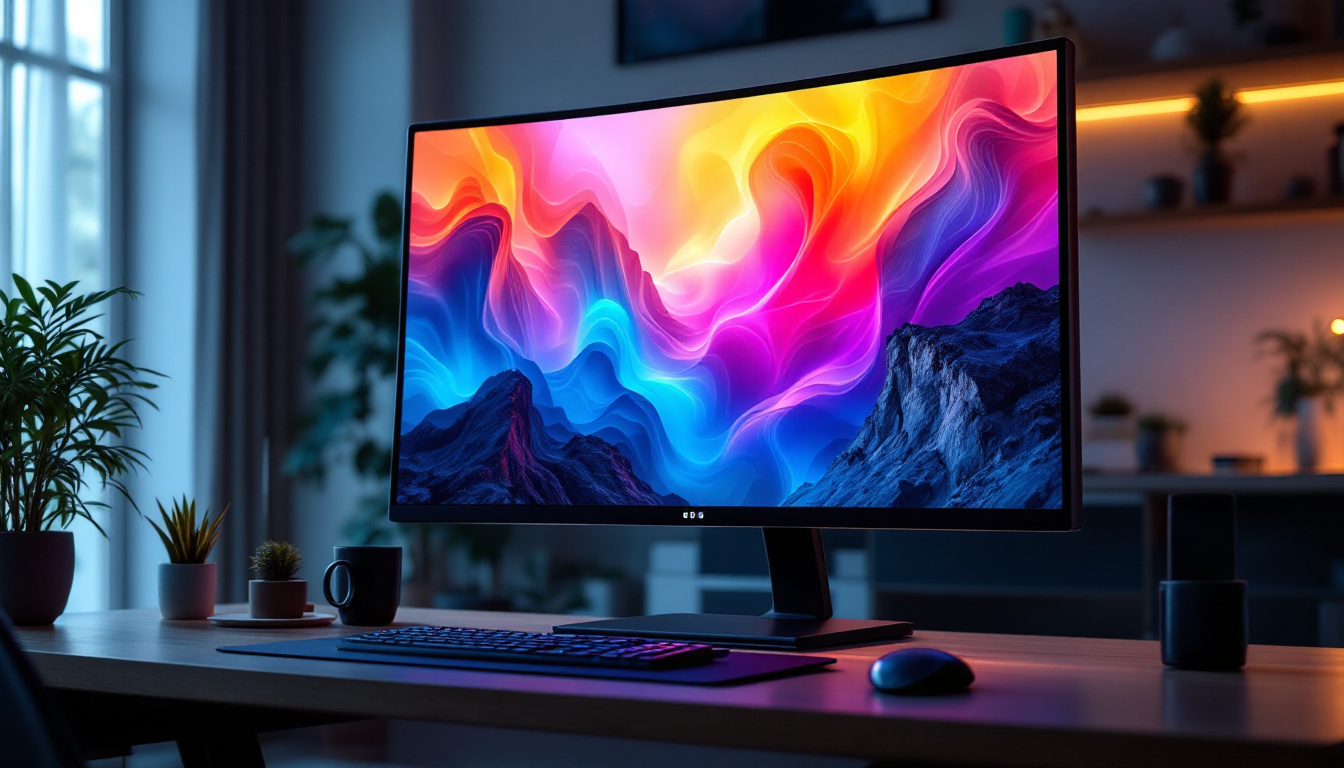Thinnest 65 Inch TV: LED Display Explained
In the ever-evolving world of television technology, the quest for the thinnest and most efficient displays continues to captivate consumers and manufacturers alike. Among the various sizes available, the 65-inch TV has emerged as a popular choice for home entertainment, striking a balance between screen size and viewing comfort. This article delves into the intricacies of LED displays, exploring what makes them a compelling option for those seeking the thinnest 65-inch TVs on the market.
Understanding LED Technology
Light Emitting Diode (LED) technology has revolutionized the way images are displayed on screens. Unlike traditional LCD screens that rely on fluorescent backlighting, LED displays utilize small, energy-efficient diodes to produce light. This fundamental difference not only enhances picture quality but also contributes to a slimmer form factor. The transition to LED technology has not only improved the aesthetics of modern devices but has also paved the way for innovations in display design, such as ultra-thin televisions and flexible screens that can bend and curve to fit various environments.
How LED Displays Work
At the core of LED technology is the principle of electroluminescence, where an electric current passes through a semiconductor material, emitting light. In LED TVs, this process is harnessed in two primary ways: edge-lit and backlit configurations. Edge-lit displays feature LEDs positioned around the perimeter of the screen, while backlit displays have a grid of LEDs behind the panel, providing more uniform lighting and better contrast. This technology allows for dynamic local dimming, where specific areas of the screen can be darkened while others remain bright, enhancing the depth and richness of the image.
The result is a display that can achieve incredible brightness levels and vibrant colors. Furthermore, the compact nature of LEDs allows manufacturers to design thinner panels without compromising on performance. As a result, LED technology has become a staple in various applications beyond televisions, including computer monitors, smartphones, and even large-scale outdoor advertising displays. The versatility of LED technology continues to inspire advancements in how we interact with visual content.
The Advantages of LED Displays
LED technology offers several advantages over traditional display methods. One of the most significant benefits is energy efficiency. LED TVs consume less power, which not only reduces electricity bills but also minimizes environmental impact. Additionally, LED displays tend to have a longer lifespan than their counterparts, making them a more sustainable choice. This longevity is particularly beneficial in commercial settings, where displays are often in use for extended periods, reducing the frequency of replacements and maintenance costs.
Moreover, the enhanced contrast ratios and color accuracy of LED displays contribute to a more immersive viewing experience. Whether watching movies, playing video games, or streaming content, the vibrant visuals provided by LED technology can significantly enhance the overall enjoyment. The rapid response time of LEDs also minimizes motion blur, making them ideal for fast-paced action scenes in films and sports broadcasts. As technology continues to evolve, we can expect even more sophisticated LED applications, including advancements in 8K resolution and HDR (High Dynamic Range) capabilities, further pushing the boundaries of visual excellence.
Why Choose a 65-Inch TV?
The 65-inch screen size has become a sweet spot for many consumers. It offers a large enough display for an engaging viewing experience while still being manageable in most living spaces. This size is particularly popular for home theaters, where viewers can enjoy cinematic experiences without the need for a projector and screen setup. The immersive quality of a 65-inch screen can elevate everything from action-packed blockbusters to serene nature documentaries, making it a versatile choice for various viewing preferences.
Optimal Viewing Distance
One of the key considerations when selecting a TV size is the viewing distance. For a 65-inch TV, the ideal distance typically ranges from 8 to 13 feet. This distance allows viewers to appreciate the high-definition details without straining their eyes. With the right setup, a 65-inch TV can transform a living room into a mini-theater, making it perfect for movie nights or binge-watching sessions. Additionally, many experts recommend using a 4K resolution with a 65-inch screen, as the higher pixel density enhances clarity and detail, allowing viewers to sit closer without noticing individual pixels.
Versatile Usage
A 65-inch TV is not just limited to entertainment; it also serves various purposes. From gaming to video conferencing, this screen size accommodates a wide range of activities. Many modern TVs come equipped with smart features, allowing users to access streaming services, browse the internet, and even connect with smart home devices. This versatility makes the 65-inch TV an excellent investment for any household. Furthermore, with the rise of online gaming and virtual reality experiences, a 65-inch screen can provide an expansive field of view, enhancing the overall gaming experience and allowing for a more immersive environment. Families can also utilize the screen for educational purposes, streaming documentaries or interactive learning sessions, making it a multifunctional centerpiece in the home.
The Thinnest 65-Inch TVs on the Market
As technology progresses, manufacturers are continually pushing the boundaries of design and performance. The thinnest 65-inch TVs available today showcase not only advanced LED technology but also sleek aesthetics that can complement any living space.
Design Innovations
Recent advancements in materials and engineering have allowed manufacturers to create ultra-thin bezels and slim profiles. These innovations not only enhance the visual appeal of the television but also make it easier to mount on walls or fit into entertainment centers. The integration of OLED technology with LED displays has further contributed to the reduction in thickness, resulting in models that are less than an inch thick.
Notable Models
Several brands have released standout models that exemplify the thin design trend. For instance, certain flagship models boast a profile that rivals that of a smartphone, making them an attractive addition to any modern home. These TVs often feature cutting-edge technology, including 4K resolution, HDR support, and advanced sound systems, ensuring that they deliver not only on aesthetics but also on performance.
Factors to Consider When Buying a Thinnest 65-Inch TV
When shopping for a thinnest 65-inch TV, several factors should be taken into account to ensure that the chosen model meets individual needs and preferences.
Picture Quality
While thinness is an appealing feature, picture quality should remain a top priority. Look for TVs that offer high resolution, such as 4K or even 8K, as well as support for HDR (High Dynamic Range) to enhance color depth and contrast. Reading reviews and comparing specifications can help identify models that excel in these areas.
Smart Features
In today’s digital age, smart features are essential for a seamless viewing experience. Many modern TVs come equipped with built-in streaming services, voice control, and compatibility with smart home devices. Consider how these features will enhance your viewing habits and whether they align with your lifestyle.
Sound Quality
While the focus is often on visual performance, sound quality is equally important. Thin TVs can sometimes compromise audio performance due to limited space for speakers. Therefore, it may be worth investing in a soundbar or external audio system to complement the TV and provide a richer sound experience.
Installation and Setup Tips
Once the ideal thinnest 65-inch TV has been selected, proper installation and setup are crucial for maximizing its potential. Here are some tips to ensure an optimal viewing experience.
Wall Mounting vs. Stand
Deciding whether to wall mount the TV or use a stand is an important consideration. Wall mounting can save space and create a sleek look, but it requires careful planning to ensure the TV is at the right height and securely attached. On the other hand, using a stand allows for flexibility in placement and can accommodate additional devices.
Optimal Viewing Height
The height at which the TV is mounted or placed can significantly impact the viewing experience. Ideally, the center of the screen should be at eye level when seated. This positioning minimizes neck strain and enhances comfort during extended viewing sessions.
Calibrating Settings
After installation, calibrating the TV settings is essential for achieving the best picture quality. Most TVs come with preset modes, but fine-tuning brightness, contrast, and color settings can make a substantial difference in visual performance. Many users find that adjusting these settings based on the room’s lighting conditions can enhance their viewing experience.
Maintaining Your 65-Inch TV
To ensure the longevity and performance of a thinnest 65-inch TV, regular maintenance is necessary. Simple steps can help preserve the quality of the display and overall functionality.
Cleaning the Screen
Keeping the screen clean is vital for maintaining picture quality. Use a microfiber cloth to gently wipe the surface, avoiding harsh chemicals that can damage the screen. Regular cleaning will prevent dust and fingerprints from diminishing the viewing experience.
Software Updates
Most smart TVs require periodic software updates to enhance performance and security. Keeping the TV’s firmware up to date ensures access to the latest features and improvements. Users should check for updates regularly and follow the manufacturer’s guidelines for installation.
Conclusion
The thinnest 65-inch TVs represent the pinnacle of modern display technology, combining sleek design with exceptional performance. LED technology plays a crucial role in achieving these advancements, offering vibrant visuals and energy efficiency. When selecting a TV, it’s essential to consider factors such as picture quality, smart features, and sound performance to ensure a satisfying viewing experience.
With proper installation and maintenance, a thinnest 65-inch TV can transform any living space into an entertainment hub, providing countless hours of enjoyment for family and friends. As technology continues to evolve, consumers can look forward to even more innovative designs and features in the future.
Discover the Future of Home Entertainment with LumenMatrix
Ready to elevate your viewing experience with the thinnest and most advanced 65-inch LED displays? Look no further than LumenMatrix, a pioneer in LED display technology. Our extensive range of solutions, from Indoor and Outdoor LED Wall Displays to innovative LED Transparent Displays, is designed to bring your visual experiences to life. Whether you’re looking to create an immersive home theater or captivate guests with a custom LED display, LumenMatrix has the technology to transform your space. Check out LumenMatrix LED Display Solutions today and step into the future of vibrant, energy-efficient home entertainment.

